Something called ‘squeezed light’ is about to give us a closer look at cosmic goldmines0
- From Around the Web, Space
- September 5, 2018
Gravitational wave detection is going through an even tighter squeeze.
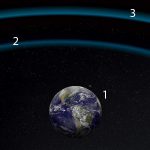
Gravitational wave detection is going through an even tighter squeeze.
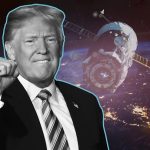
Is the President afraid of aliens? I’m not sure, but there is a legit reason some lawmakers want to create a sixth branch of the military the President is calling the Space Force.
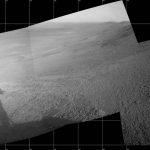
A planet-encircling dust storm on Mars, which was first detected May 30 and halted operations for the Opportunity rover, continues to abate.
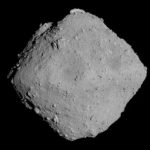
The Japanese space agency has set dates for its historic plan to explore the surface of an asteroid with robots.
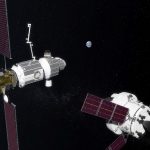
Sending humans back to the moon won’t require a big Apollo-style budget boost, NASA Administrator Jim Bridenstine said.
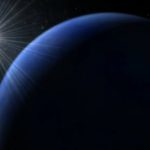
Scientists challenges idea that life requires ‘Earth clone’
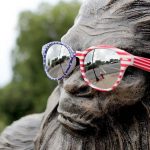
On Sept. 8, the foothills town of Marion will host the state’s biggest-ever Bigfoot festival, a sasquatch tribute expected to draw thousands.
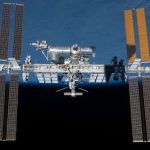
Astronauts aboard the International Space Station spent part of their day today (Aug. 30) fixing a tiny air leak in a Soyuz capsule docked to the station.
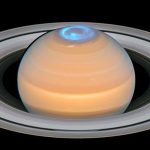
Astronomers using the NASA/ESA Hubble Space telescope have taken a series of spectacular images featuring the fluttering auroras at the north pole of Saturn. The observations were taken in ultraviolet light and the resulting images provide astronomers with the most comprehensive picture so far of Saturn’s northern aurora.
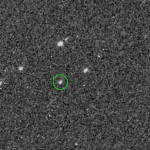
After an almost two-year journey, NASA’s asteroid sampling spacecraft, the Origins, Spectral Interpretation, Resource Identification, Security-Regolith Explorer (OSIRIS-REx), caught its first glimpse of asteroid Bennu last week and began the final approach toward its target. Kicking off the mission’s asteroid operations campaign on Aug. 17, the spacecraft’s PolyCam camera obtained the image from a distance of 1.4 million miles (2.2 million km).